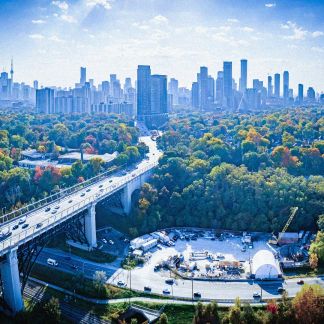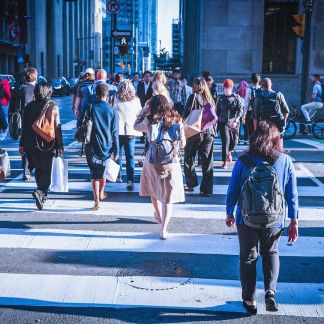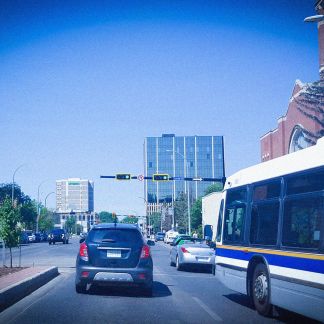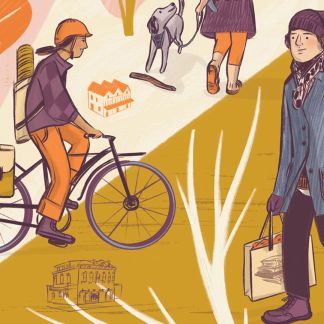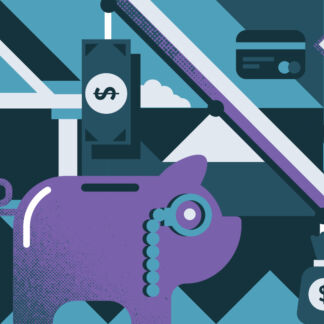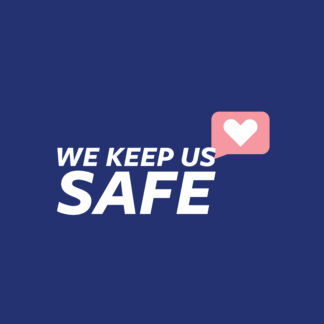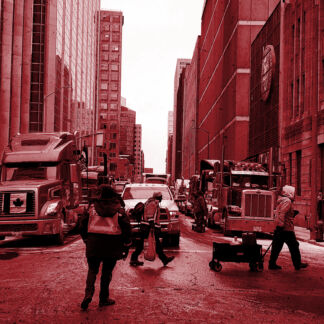- Current Issue
- Monitor Online
- Reports
- Behind the Numbers
- Our Schools / Our Selves
-
- 2SLGBTQ+ Equity
- Agriculture & Farming
- Alberta
- Alternative Federal Budget
- Anti-Black Racism
- Behind the Numbers
- Beyond Recovery
- Book Review
- British Columbia
- Child Care & Early Education
- Cities
- Climate Change
- COVID-19
- Culture
- Data Dashboards
- Degrowth
- Democracy & Electoral Rights
- Digital Divide & Internet Policy
- Disability Justice
- Economic Growth
- Education
- Federal Budgets
- Food Justice
- French
- Gender Equality
- Globalization
- Health Care
- Housing & Homelessness
- In Conversation
- Indigenous Rights
- Inflation
- International Politics
- Just Transition
- Labour & Worker's Rights
- Living Wage
- Manitoba
- Media Democracy
- Migrant Rights
- Minimum Wage
- Monitor Online
- Monitor Print
- Neoliberalism
- New Brunswick
- Newfoundland and Labrador
- Newsletters
- Nova Scotia
- Ontario
- Our Schools Our Selves
- Post Secondary Education
- Poverty & Inequality
- Precarious Work
- Prince Edward Island
- Protest & Social Movements
- Provincial Budgets
- Public Services & Privatization
- Quebec
- Racial Equity
- Reports
- Saskatchewan
- Seniors & Long-Term Care
- Shift Storm
- Social Determinants of Health
- Tax Policy & Tax Fairness
- Trade
- Unemployment & Underemployment
- Urban Space & Right to the City
Topics
Urban Space & Right to the City
Canadian policy innovations
Some cities are making small changes to create more accessible spaces
Cities are central to capitalism—and could be central to its undoing
Capitalism and urbanization are deeply tied to one another—but what might a liberated city look like?
Cities could be the engines for addressing crises—if we push them
It is time for more cities to bring forward policies and practices for economic, social and climate justice as their primary goal
The intersectional city
Applying an intersectional lens to multi-layered challenges in urban settings can lead the way to greater empowerment of community members in cities.
#Blocksidewalk, the last progressive NIMBY effort?
#Blocksidewalk was a grassroots campaign that shut down Google's attempt to turn Toronto into a surveillance-driven "smart city"
Cities are central to resolving the challenges of our time
Cities have long been seen as engines that drive prosperity but a new fiscal arrangement is needed that allows them to tackle the serious issues of our time.
Toronto’s new mayor’s $1 billion problem
Toronto's new progressive mayor Olivia Chow will be facing an immediate $1 billion deficit—and there’s no simple solution.
Understanding Inclusive Infrastructure Investment in Canada
The case for embedding inclusion in all infrastructure planning, from start to finish.
We keep us safe
When the Freedom Convoy came to Ottawa it was community members who organized to keep one another safe.
Freedom from what?
On January 28, the city of Ottawa changed forever as a hate-fuelled convoy set up camp for what would become a 26-day occupation.
Standing up to blaring hate
When the first trucks rolled in on January 28, I knew something bad was coming our way. What I didn’t realize at the time was that nobody had a plan to stop them.
Grow through what you go through
Addressing and sorting through the Freedom Convoy's wreckage is a job that belongs to all white people in Canada.
Show your support
We provide you with groundbreaking and timely progressive commentary and analysis on the key policy issues of the day. Help us keep the online Monitor free from paywalls. Donate a minimum of $35 today and you’ll also receive the print Monitor magazine in your mailbox six times a year.
Support the Monitor

